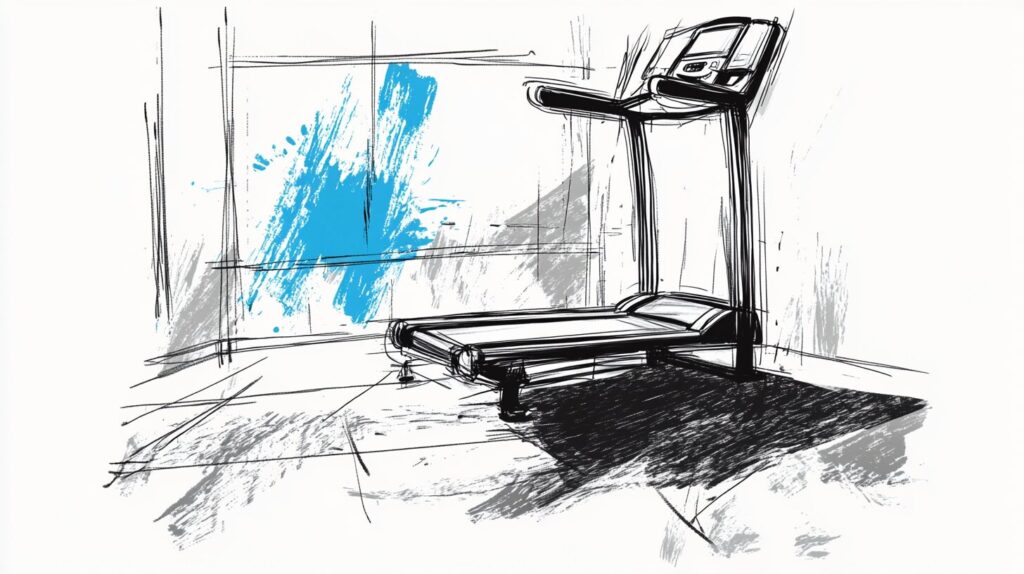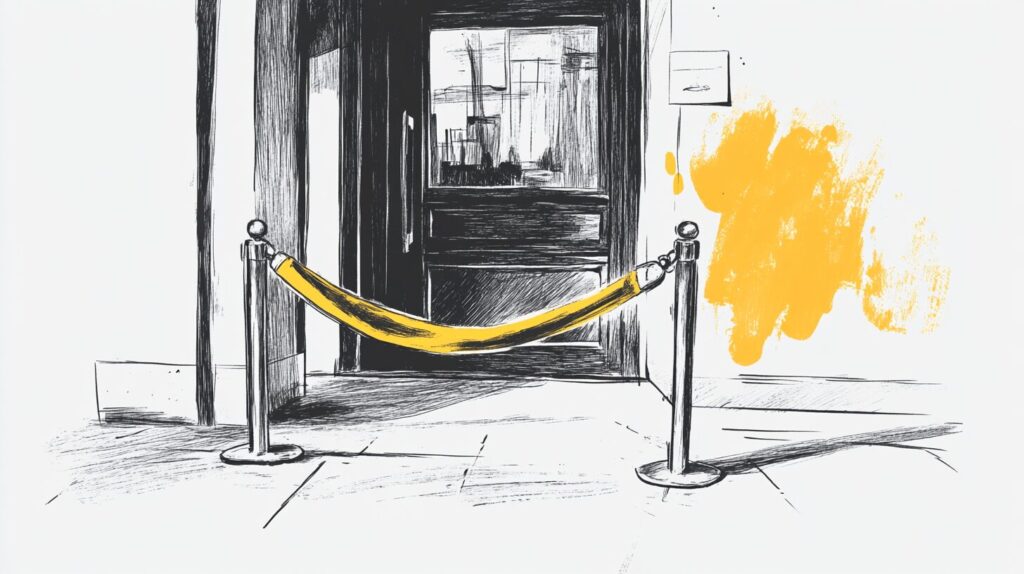The job market is noisy. Advice is everywhere.
And if you’re not careful, AI becomes just another source of clutter—recycling stale resume lines or spitting out cover letters that sound like they were written by a robot (because they were).
But used correctly? AI becomes a force multiplier.
It can sharpen your story.
It can help you practice like a pro.
And it can get you results faster—with less guesswork.
Here are 5 AI prompts every job seeker should use. Each one is designed to help you stand out in a crowded field, without sounding like everyone else. Test drive these prompts with your tool of choice–ChatGPT, Claude, Gemini, etc.–to compare results. And good luck with the hunt!
1. Discover if You’re a Proactive or Reactive Job Seeker
Prompt:
Act as an experienced career coach. Ask me 5 questions, one at a time, to help me understand if I’m a proactive or reactive job seeker. At the end, rate me from 1–10 based on my responses (1 = very reactive, 10 = highly proactive). Then, for each area, share one specific strategy to improve and become a more proactive job seeker.
Why it works:
This prompt gives you real-time insight into your own behavior patterns—and the tools to adjust. Instead of vague feedback, you’ll walk away with a proactive plan tailored to your strengths and gaps.
2. Reverse Engineer Any Job Description
Decode the Job Description (Without Guesswork)
Prompt:
Act as a recruiter with deep experience writing job descriptions. My goal is to land an interview by uncovering what the company really wants. Read the job description I paste below and answer the following five questions for me:
- What is the role?
- Who is the company?
- What is the estimated salary?
- What are the primary responsibilities?
- What are the three most important skills listed?
Then, bold each skill, give a real-world example of that skill in italics, and share one less-common but practical way to upskill in that area. Here is the job description: [insert job description].
Why it works:
Most job descriptions are vague, bloated, or filled with generic copy-paste language. This prompt turns AI into a decoder, helping you extract what really matters—so you can tailor your resume, your language, and your interview prep to the underlying signals, not just the surface-level text.
3. Rework Your Resume into a Results-Driven Document
Prompt (a):
Act as an expert resume writer with 30+ years of experience helping candidates land top jobs. Highlight the 5 most important responsibilities in this job description: [paste job description].
Prompt (b):
Based on those responsibilities, help me rewrite my resume bullets. Use this format: “I accomplished A by doing B, which led to C.” Each bullet should include a clear action, measurable result, and relevant keyword. Avoid jargon and stay under 60 words. Here’s my resume: [paste resume].
Why it works:
This shifts your resume from a list of duties to a list of business outcomes. You’ll show how you think and what you’ve delivered—two things employers actually care about.
4. Prep Like a Pro for Behavioral Interviews
Prompt:
Act as an expert interview coach and former hiring manager. I’ll give you my job description and resume. Then, help me build a table with 10 interview stories—one for each of these topics:
Leadership, Teamwork, Challenges, Problem Solving, Communication, Decision Making, Initiative, Organization, Time Management, and Ambiguity.
For each, write a question and a “STAR” response (Situation, Task, Action, Result) using keywords from my resume and the job description. Keep it clear, specific, and conversational.
Why it works:
You won’t just prep. You’ll practice telling stories that stick—and leave the interviewer remembering you, not just the question.
5. Simulate a Real Salary Negotiation
Prompt:
Act as an expert recruiter and negotiation coach. I want to roleplay a salary negotiation using the following job offer details:
- Name: [insert name]
- Job: [insert job]
- Company: [insert company]
- Location: [insert location]
- Offer: [insert salary]
- Target: [insert desired salary]
- Market Rate: [insert market rate]
Play the role of the recruiter. Ask me up to 10 tough negotiation questions. Wait for my response before continuing. At the end, rate my performance from 1–10 and give clear feedback on how I could improve next time using proven negotiation tactics. If I say “end simulation,” wrap up with key takeaways.
Why it works:
Most people skip negotiation prep. This makes it feel like practice, not pressure. You’ll be calm, credible, and ready when the offer comes.
Level Up
AI won’t land the job for you. But it can be the coach, strategist, and researcher that levels up your job hunt in ways most people haven’t figured out yet.
Start with just one of these prompts. Use it to go deeper—not broader.
Because the edge you need isn’t in working harder.
It’s in working smarter—and showing up more prepared than anyone else in the room.
If you enjoyed this post, please consider sharing it with someone else who might too–the buttons below can help.
Thank you!




